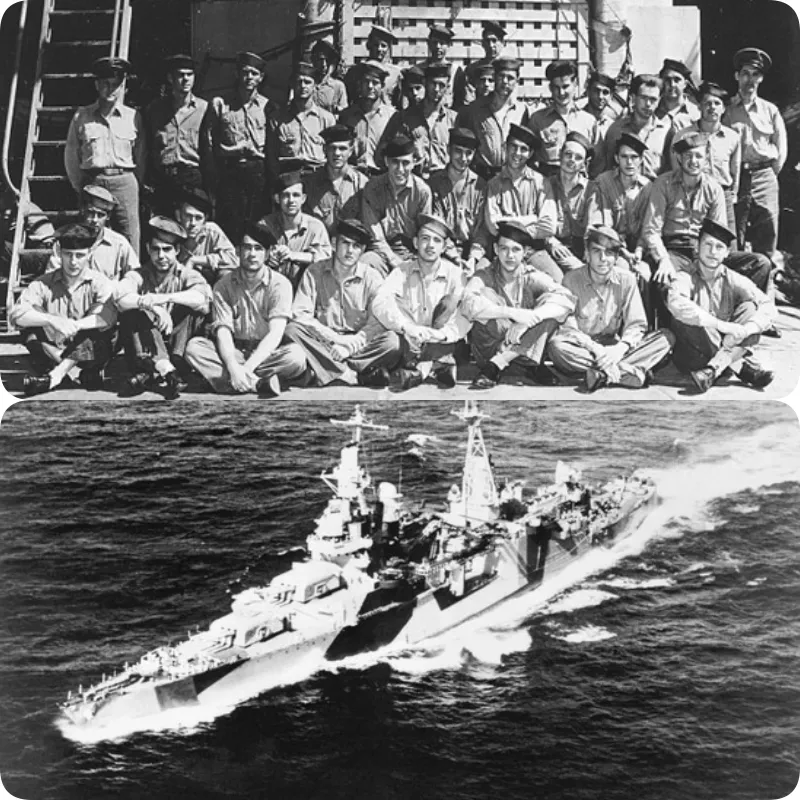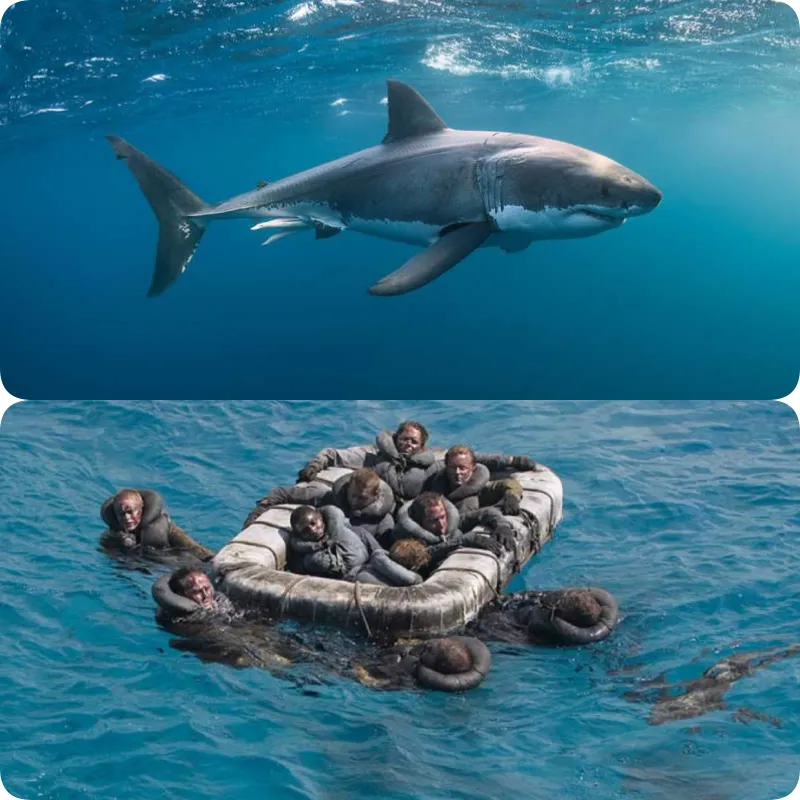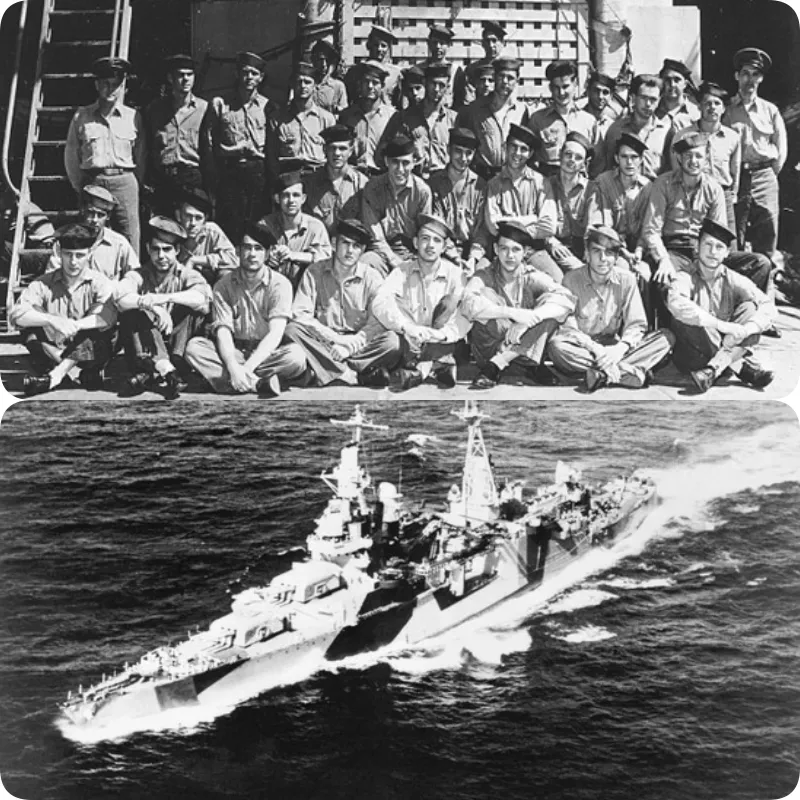The Most Horrific Shark Attack in History
The Most Horrific Shark Attack in History
In July 1945, one of the most horrifying shark attacks in history occurred, linked to the sinking of the USS Indianapolis during World War II. This event not only left a profound mark on the history of shark attacks but also highlighted the extreme conditions faced by survivors.
The Sinking and Its Aftermath
The USS Indianapolis, a U.S. Navy cruiser, had completed its mission of transporting uranium and other chemicals to the naval base at Tinian in the Pacific. After finishing its mission, the ship left the Philippines to participate in a training exercise. On the night of July 30, the ship was struck by a torpedo from a Japanese submarine, causing severe damage. Within 12 minutes, the ship sank beneath the waves. Out of the 1,195 people aboard, around 300 perished with the ship, while nearly 900 survivors were left drifting at sea.

The Ordeal at Sea
The survivors faced numerous hazards. Many died from drowning or exposure to the elements. However, the most terrifying threat came from sharks. According to Smithsonian magazine, approximately 150 sailors and crew members were killed by sharks, making this one of the most dreadful shark attacks in history.
Sharks – The Solitary and Dangerous Predators
Nico Booyens, a marine biologist and project director at the Shark Research Unit in South Africa, explains that sharks often operate alone when hunting. Each species of shark has different hunting skills. They use their vision, smell, and electroreception to detect prey. Sharks also have a special system to sense vibrations in the water, which helps them detect human activity. Once a shark locates its target, the chances of survival are slim, especially if the person is injured.
Reports from survivors indicate that sharks usually attack near the surface. Booyens adds that when a shark detects prey, it often uses its sharp teeth to bite and tear at the flesh. Some species, like the tiger shark, may devour their prey whole, while others, like the bull shark, may bite multiple times until the prey is weakened and immobile. Despite the available food sources at sea, sharks often need to search for additional food, which explains their presence at the scenes of maritime disasters.
The Horrific Scene and Rescue Efforts
At the site of the USS Indianapolis sinking, sharks were among the first to encounter the bodies and injured survivors. Edgar Harrel, a survivor, recounts: “On the first morning, we saw sharks. Those who were cast into the water immediately became targets. You could hear the blood-curdling screams. And as the bodies sank, life vests were thrown back.”

For the next four days, no rescue teams arrived. Although the U.S. Navy had been alerted that a Japanese submarine had sunk the ship, this message was believed to be a false alarm intended to lure U.S. rescue ships into a trap. Meanwhile, survivors struggled to stay afloat on the sinking wreck and debris, many succumbing to dehydration or drowning. Ultimately, the USS Cecil J. Doyle aircraft assisted in rescuing the survivors from the water. Only 316 of the nearly 900 survivors were saved.
This horrific shark attack not only marks a significant event in military history but also serves as a stark reminder of the cruelty of nature and the importance of timely preparation and response in emergencies.









Post Comment